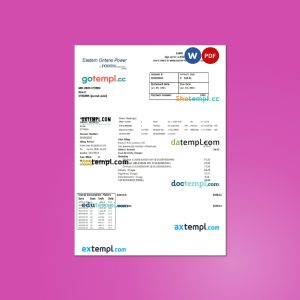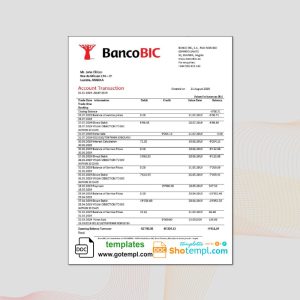Utility bills are a necessary expense that all households must deal with. From electricity to water to the internet, these bills can quickly add up and take a big chunk out of your monthly budget. While paying your utility bills may seem like a straightforward task, there are several common mistakes that can end up costing you money. In this article, we will discuss how to avoid these mistakes and save money on your utility bills.
Not checking your bill
One of the most common mistakes when it comes to paying utility bills is not checking the bill thoroughly. Often, utility companies make mistakes such as overcharging, adding unnecessary fees or taxes, or failing to apply for discounts or credits. By taking the time to carefully review your bill, you can identify any errors and ensure that you’re only paying for what you actually used. This simple step can save you hundreds of dollars over the course of a year.
Not understanding your usage
Another common mistake is not understanding your usage. Many utility companies offer different pricing plans, such as tiered or time-of-use rates, which can affect your bill significantly. It’s important to understand your usage patterns and choose the plan that best fits your needs. For example, if you’re a night owl, a time-of-use plan may be more cost effective for you than a flat-rate plan. By understanding your usage, you can make informed decisions and save money on your bill.

example of a utility bill
Not taking advantage of discounts and rebates
Utility companies often offer discounts and rebates for things like energy-efficient appliances or home upgrades. These programs can help you save money on your bill while also reducing your environmental impact. However, many people are unaware of these programs or don’t take the time to apply for them. By taking advantage of these discounts and rebates, you can save money on your bill and make your home more energy-efficient.
Not paying on time
Late payment fees are another common mistake that can cost you money. Utility companies often charge hefty fees for late payments, which can add up quickly. To avoid these fees, it’s important to pay your bill on time. Set up reminders or automatic payments to ensure that you never miss a payment. By paying on time, you can avoid unnecessary fees and keep your budget on track.
Not negotiating your bill
Finally, many people make the mistake of not negotiating their bills. If you’re struggling to keep up with your utility bills, it’s worth reaching out to your provider to see if there are any options for reducing your bill. Some companies offer payment plans or assistance programs for low-income households. By negotiating with your provider, you may be able to save money and avoid falling behind on your bills.
Download editable examples: utility bills
In conclusion, paying utility bills is an essential part of modern life, but it doesn’t have to be a financial burden. By avoiding common mistakes and taking advantage of discounts and rebates, you can save money on your bills and keep your budget on track. Remember to always check your bill carefully, understand your usage, pay on time, and negotiate when necessary. With these simple tips, you can take control of your utility bills and avoid unnecessary expenses.









